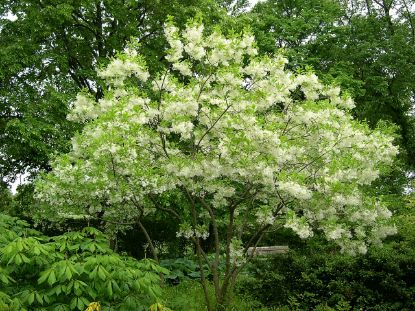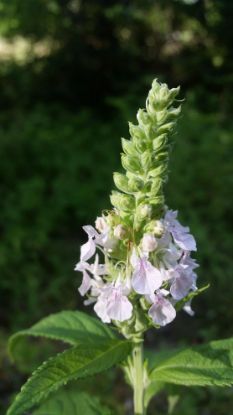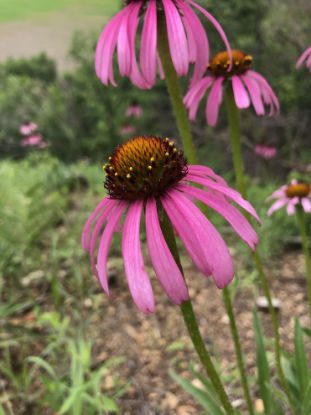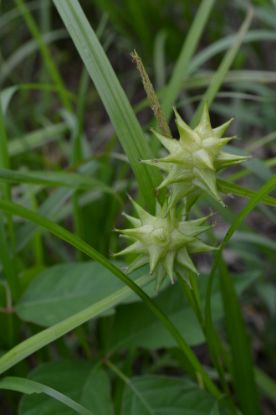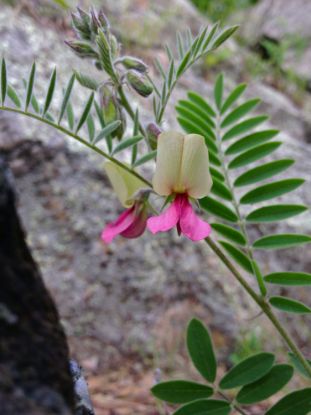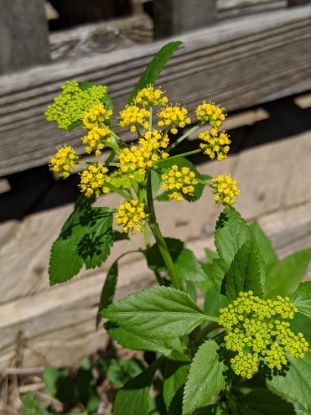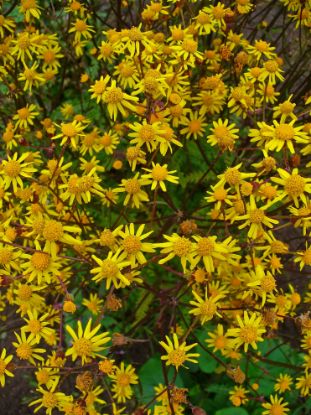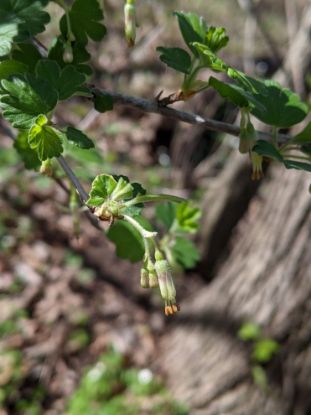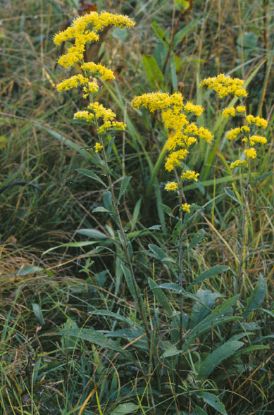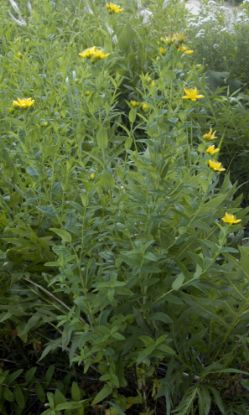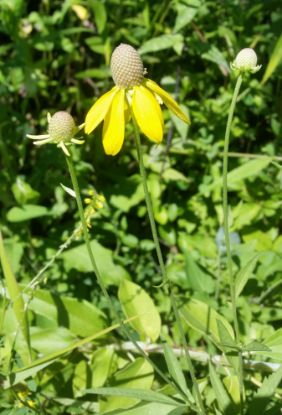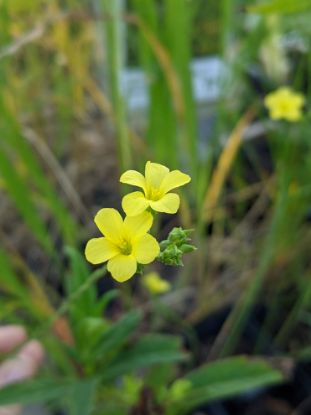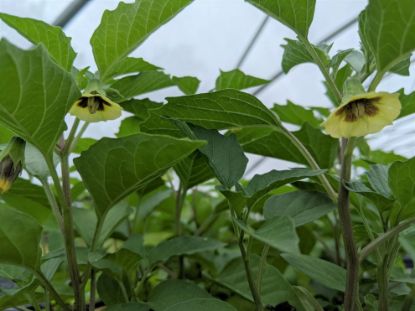Filter by attributes
Products
Sort by
Display
per page
View as
305 products found
Fringed Poppy Mallow (Callirhoe digitata)
Prefers a drier, rocky soils. Long tap root makes it drought tolerant. Delicate flowers seem to float in the air. Attracts long-tongued bees and hummingbirds. Caterpillars of the chalcedony midget moth feed on the leaves.
Out of stock
$6.00
Fringetree (Chionanthus virginicus)
Yellow leaves and bluish-black fruit in the fall. Male and female parts may be on separate trees or a single tree; fruit only appears on trees with female parts. Canopy about 15 feet wide.
Out of stock
From $14.00
Germander (Teucrium canadense)
Bees love this plant. May be aggressive.
I'm sleeping right now. See you in the spring.
$6.00
Glade Coneflower (Echinacea simulata)
Drought tolerant coneflower; attracts birds, bees, and butterflies. Upright stature and delicate flower petals make a nice addition to formal, cottage, or wild garden. Can be deadheaded for longer blooms. Similar to E. pallida but has a deeper petal color
I'm sleeping right now. See you in the spring.
$6.00
Globe Sedge (Carex grayi)
Awesome seed form can be used in flower arrangements. Likes it wet. Use as a groundcover in moist areas.
I'm sleeping right now. See you in the spring.
From $6.00
Goat's Rue (Tephrosia virginiana)
All parts of the plant are mildly toxic to humans. Likes acidic, well-drained soil. Interesting bi-colored flower in the pea family. Difficult to transplant/divide.
I'm sleeping right now. See you in the spring.
$6.00
Golden Alexanders (Zizia aurea)
Host plant for swallowtail butterflies. Can tolerate a lot of shade, though prefers more sun. Great for butterflies. Can be aggressive – give it competition.
I'm sleeping right now. See you in the spring.
$6.00
Golden Ragwort (Packera aurea)
A study in KC showed that Packera attracts a large number of different bee species in our area. Groundcover for a shady, moist area. Semi-evergreen. Readily self seeds. Doesn't like to dry out.
I'm sleeping right now. See you in the spring.
$6.00
Gooseberry (Ribes missouriense)
A woodland fruiting shrub with sour berries; many people make jam, Tracy likes to eat them sour off the bush. Interesting shaped leaves and short-lived, dangling flowers, but watch out for the thorns. Fruits better in more sun, but benefits from late afte
I'm sleeping right now. See you in the spring.
$6.00
Gray Goldenrod (Solidago nemoralis)
Spreads aggressively. Great for bees and butterflies. Not favored by deer. One of the shortest goldenrods. Good for poor soil.
I'm sleeping right now. See you in the spring.
$6.00
Great Plains Goldentop (Euthamia gymnospermoides)
Prefers full sun and may spread quickly with its rhizomatous; better for larger gardens. Attracts many insects with its nectar, pollen, and foliage. Not preferred by rabbit or deer.
I'm sleeping right now. See you in the spring.
$6.00
Great St. John's Wort (Hypericum pyramidatum)
Great food source for pollinators; not preferred by mammals. Native to moist, open-wooded areas. Large plant, with flowers lasting only a few weeks, but great foliage texture.
I'm sleeping right now. See you in the spring.
$6.00
Grey-headed Coneflower (Ratibida pinnata)
Plant with grasses or other tall perennials to help support the long, slender stalk. Fragrant seedheads. Seeds enjoyed by birds, especially Goldfinches. Visited by many small sweat bees.
I'm sleeping right now. See you in the spring.
$6.00
Grooved Flax (Linum sulcatum)
An annual. A thin, upright plant with subtle beauty that may be best clustered together. It may reseed and return the following year in the right conditions. Flowers are open in the morning.
I'm sleeping right now. See you in the spring.
$6.00
Ground Cherry (Physalis sp.)
Unsure which species, but we think P. angulata, which is an annual ground cherry with a large taproot. Otherwise may be a rhizomatous perennial. Fruits are edible.
I'm sleeping right now. See you in the spring.
From $6.00

